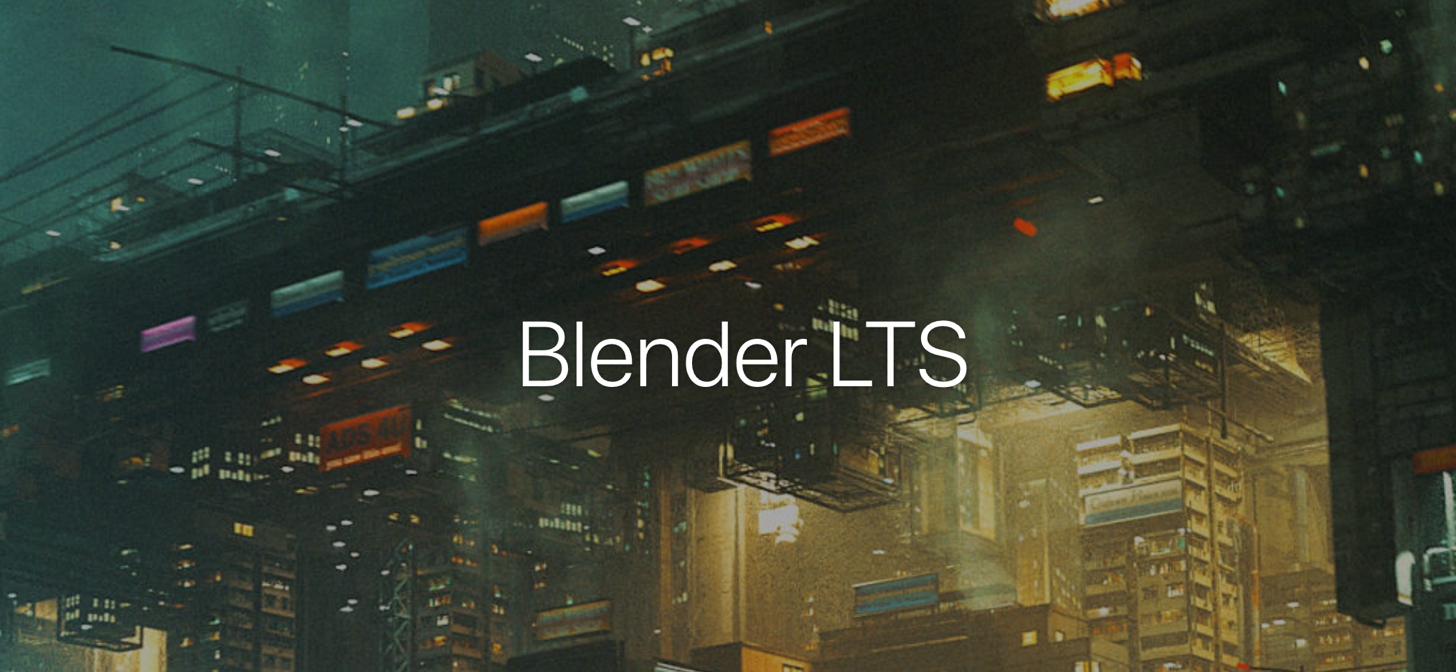
A Professional Open-Source 3D Creation Suite for Business and Innovation
In the era of immersive media, digital twins, and virtual product design, 3D creation has become a critical asset for businesses in entertainment, manufacturing, architecture, and marketing. Blender, a free and open-source 3D creation suite, offers a powerful and versatile solution for companies looking to produce high-quality 3D content without the high cost of proprietary software.
Developed by the Blender Foundation and supported by a thriving global community, Blender is a feature-rich platform capable of handling the entire 3D pipeline—from modeling and animation to simulation, rendering, compositing, and video editing. It is widely used by independent artists, production studios, game developers, and increasingly, enterprise teams seeking agile and cost-effective content creation.
Why Blender for Business?
Blender is more than just a free alternative—it's a mature, production-ready tool used by professionals in film, advertising, design, and gaming industries. Its flexible licensing (GNU GPL) ensures companies retain full ownership of their creations and are free to customize, automate, and scale without restrictive contracts or subscription models.
Key business benefits:
- Completely free and open-source (no licensing or per-seat costs)
- Cross-platform support (Windows, macOS, Linux)
- Production-grade rendering, modeling, and animation tools
- Python scripting for automation and custom tools
- Wide industry adoption and growing talent pool
Whether you're building virtual prototypes, animated product demos, or immersive digital experiences, Blender offers the creative and technical infrastructure to support innovation.

Core Features of Blender for Commercial Use
1. 3D Modeling and Sculpting
Blender offers a comprehensive modeling environment with industry-standard capabilities:
- Mesh, curve, and surface modeling tools
- Non-destructive modifiers and parametric editing
- Digital sculpting tools for high-resolution detail
- UV unwrapping and texture baking
- Support for CAD-style modeling with precision tools and add-ons
Designers and engineers can use Blender for everything from character models to product visualization and concept prototyping.
2. Animation and Rigging
Blender's animation system is used in short films, commercials, and games worldwide:
- Armature-based rigging with inverse kinematics
- Nonlinear animation editor (NLA) for complex timelines
- Shape keys, constraints, and drivers for realistic motion
- Lip-syncing, facial animation, and physics-based movement
- Grease Pencil for 2D/3D hybrid animation and storyboarding
It’s a complete platform for motion graphics, explainer videos, training simulations, and animated storytelling.
3. Photorealistic Rendering
Blender includes two powerful rendering engines: Cycles (path-traced) and Eevee (real-time).
- High-fidelity PBR (physically based rendering) workflows
- GPU and CPU rendering acceleration
- Real-time rendering for look development and previews
- Film-quality lighting, shading, and camera control
- Render farms and headless rendering for scalable production
These tools enable companies to create stunning product visuals, architectural walkthroughs, and CGI content.
4. Simulation and Effects
Blender includes built-in tools for creating dynamic simulations and special effects:
- Fluid, smoke, and fire simulation
- Cloth and soft body physics
- Rigid body dynamics
- Particle systems and hair/fur simulation
- Geometry nodes for procedural design and VFX
This makes Blender ideal for marketing teams, VFX studios, and industrial design prototyping.
5. Video Editing and Compositing
Blender features a built-in video sequence editor (VSE) and a node-based compositor, allowing end-to-end content production without switching tools.
- Cutting, transitions, effects, and audio syncing
- Color grading and chroma keying
- Compositing for green screen, overlays, and depth effects
- Motion tracking and camera matching
Perfect for creating product videos, advertisements, YouTube content, and virtual training materials.
6. Scripting and Customization
Blender is highly customizable, allowing businesses to automate tasks and create custom workflows:
- Full Python API for scripting and tool creation
- Custom add-ons and extensions
- Integration with pipelines via USD, FBX, Alembic, and glTF
- Open-source codebase for advanced modifications
Enterprise teams can build specialized pipelines for visualization, simulation, or VR content using Blender as the foundation.
Business Applications Across Industries
- Media & Entertainment – animation, short films, trailers, and VFX
- Architecture & Real Estate – walkthroughs, renders, and spatial visualization
- Manufacturing & Product Design – 3D models, exploded views, and technical visualization
- Marketing & Advertising – motion graphics, interactive ads, and 3D product showcases
- Game Development – asset creation, rigging, and environment modeling
- Education & Training – simulations, educational content, and eLearning animations
Blender's flexibility allows it to adapt to almost any industry that works with 3D content.
Support, Training, and Enterprise Readiness
While Blender itself is free, businesses can access professional support and training through:
- Blender Studio – subscription service offering production assets, training, and tools
- Blender Development Fund – a way for organizations to support core development
- Certified trainers and consulting firms for onboarding, pipeline integration, and technical support
- Extensive online resources – documentation, tutorials, forums, and community support
Large companies like Ubisoft, EA, and NVIDIA have incorporated Blender into parts of their production pipelines, validating its scalability and robustness.
Conclusion
Blender offers businesses an unprecedented combination of creative freedom, technical power, and cost-efficiency. It stands as a fully capable alternative to commercial 3D suites like Autodesk Maya or 3ds Max—without licensing fees or creative limitations.
For companies involved in design, media, technology, and innovation, Blender is not just a tool—it's a strategic asset for producing high-quality 3D content at scale, with full ownership and creative control.
